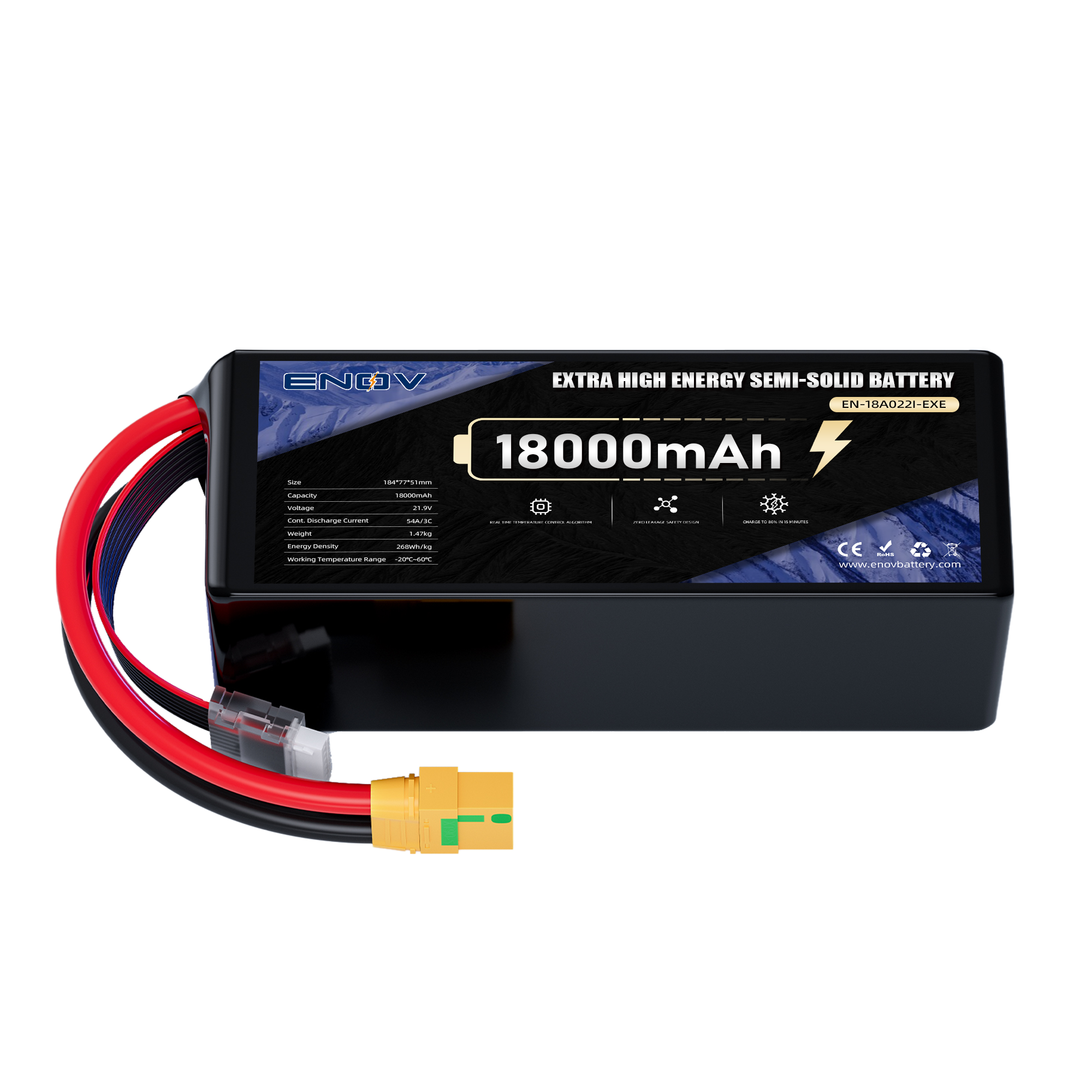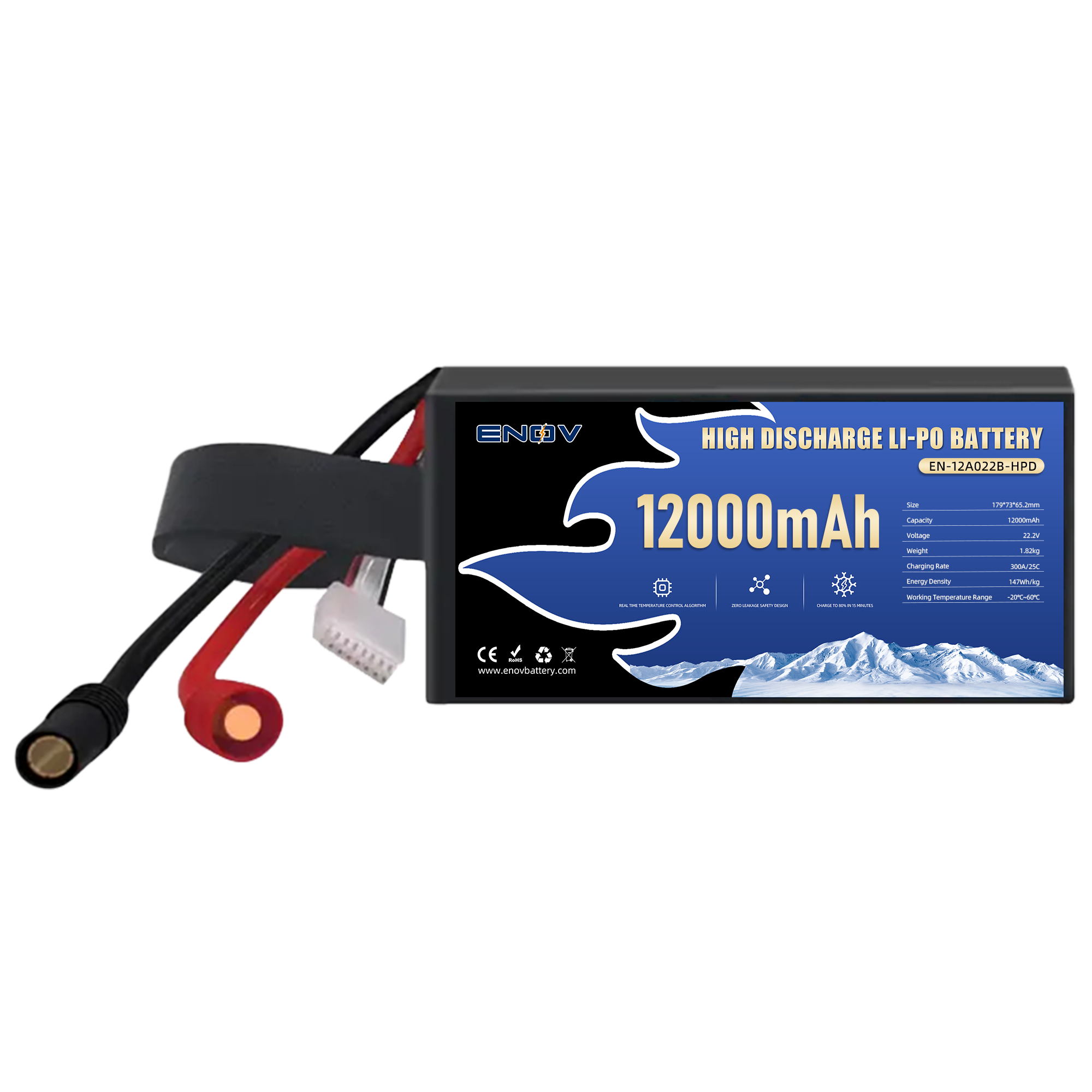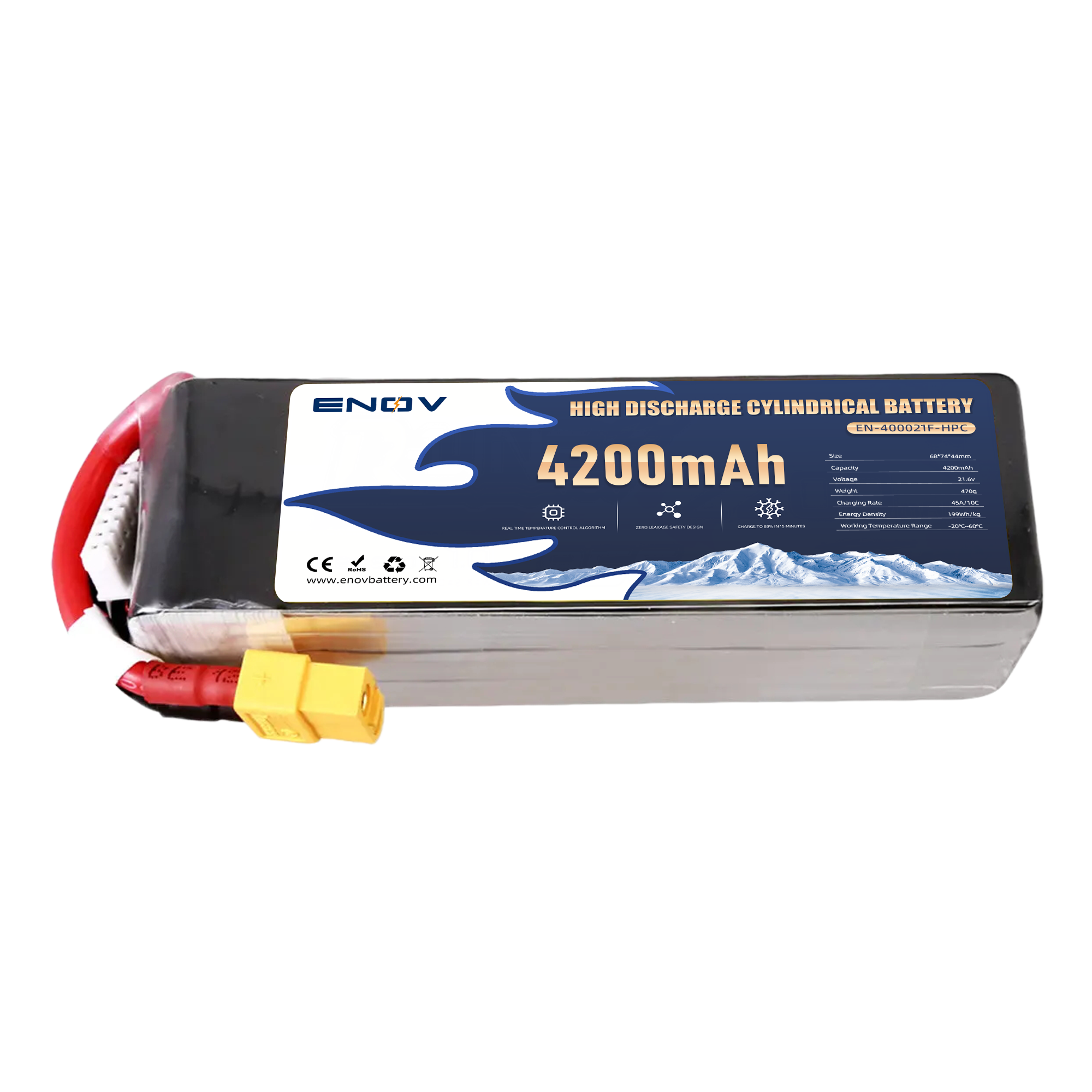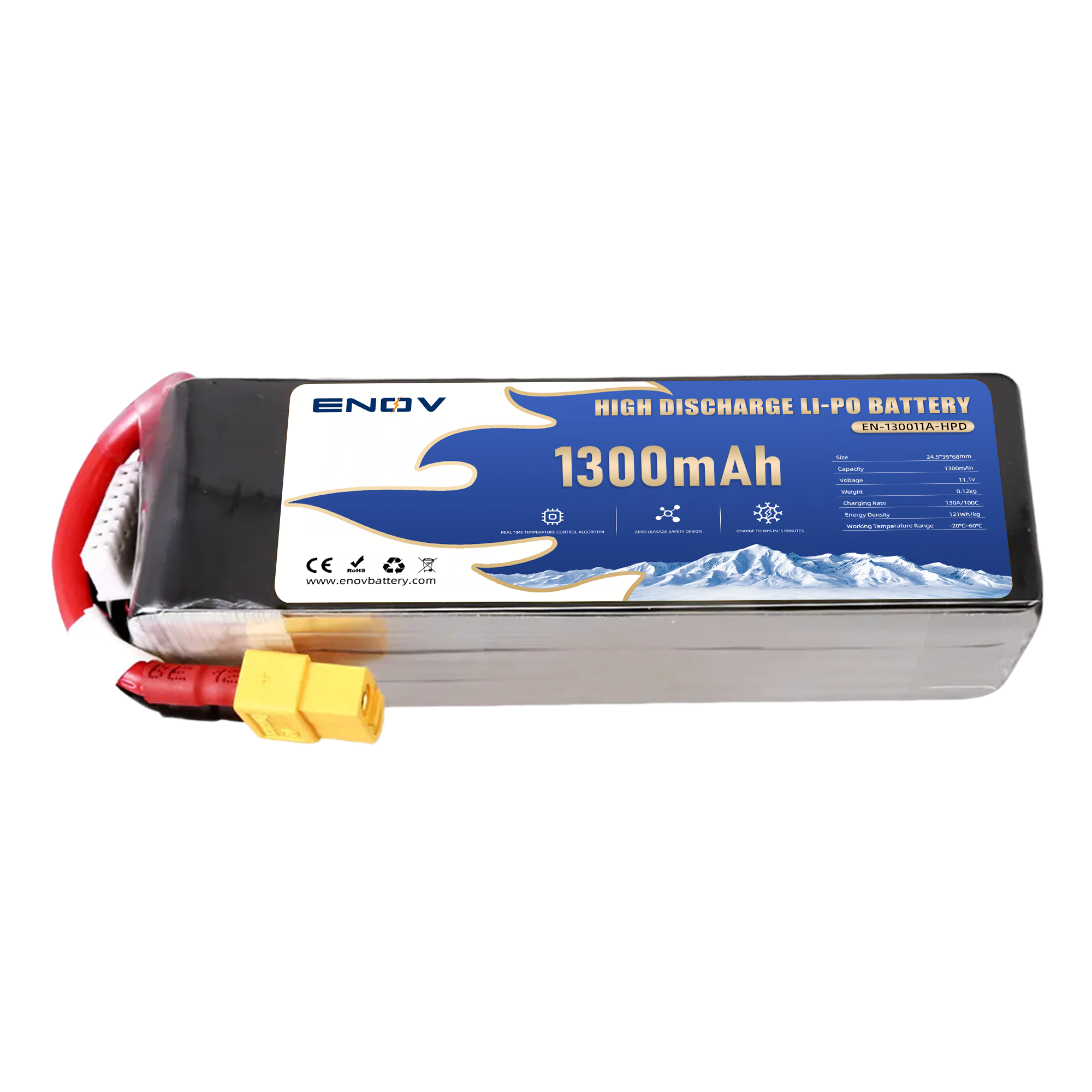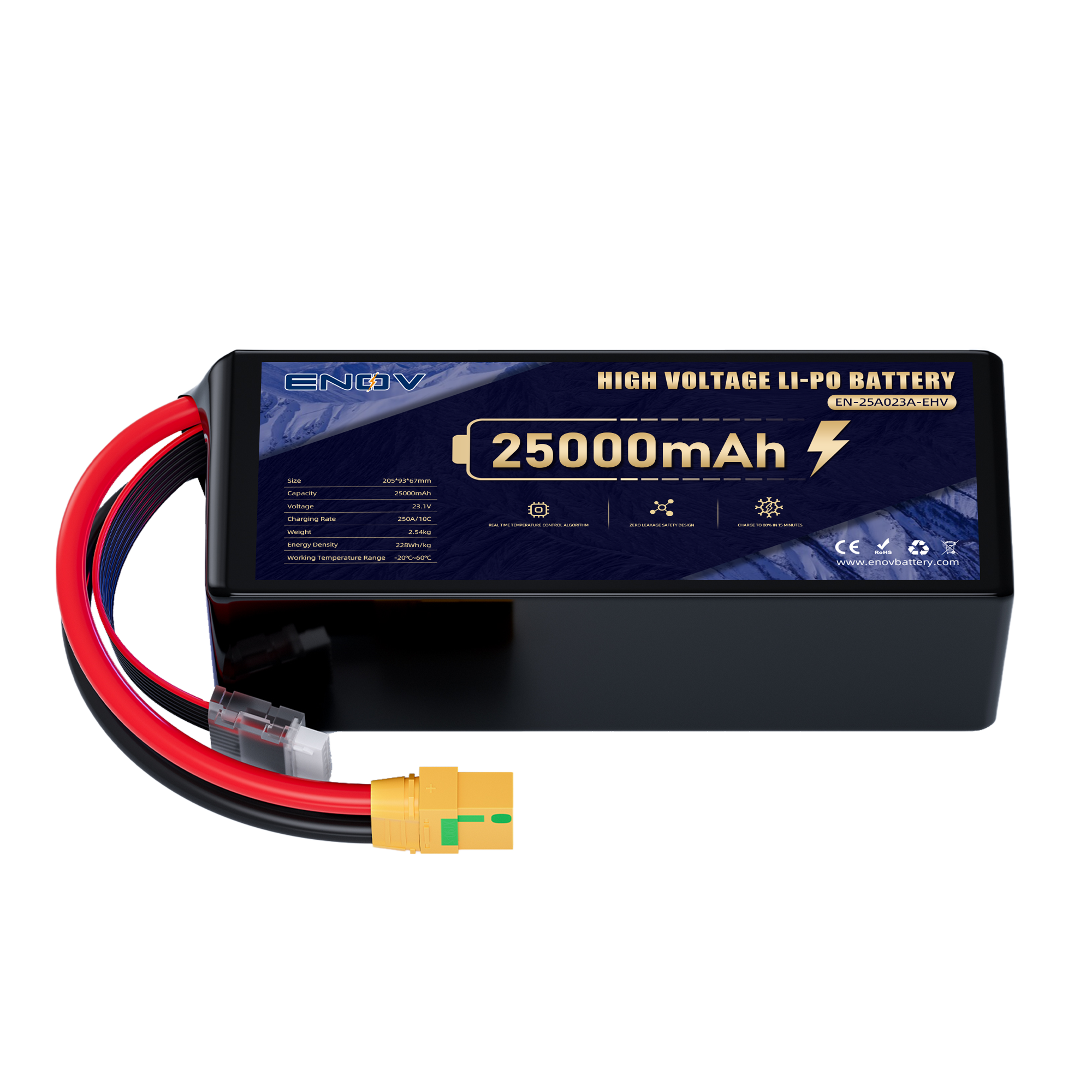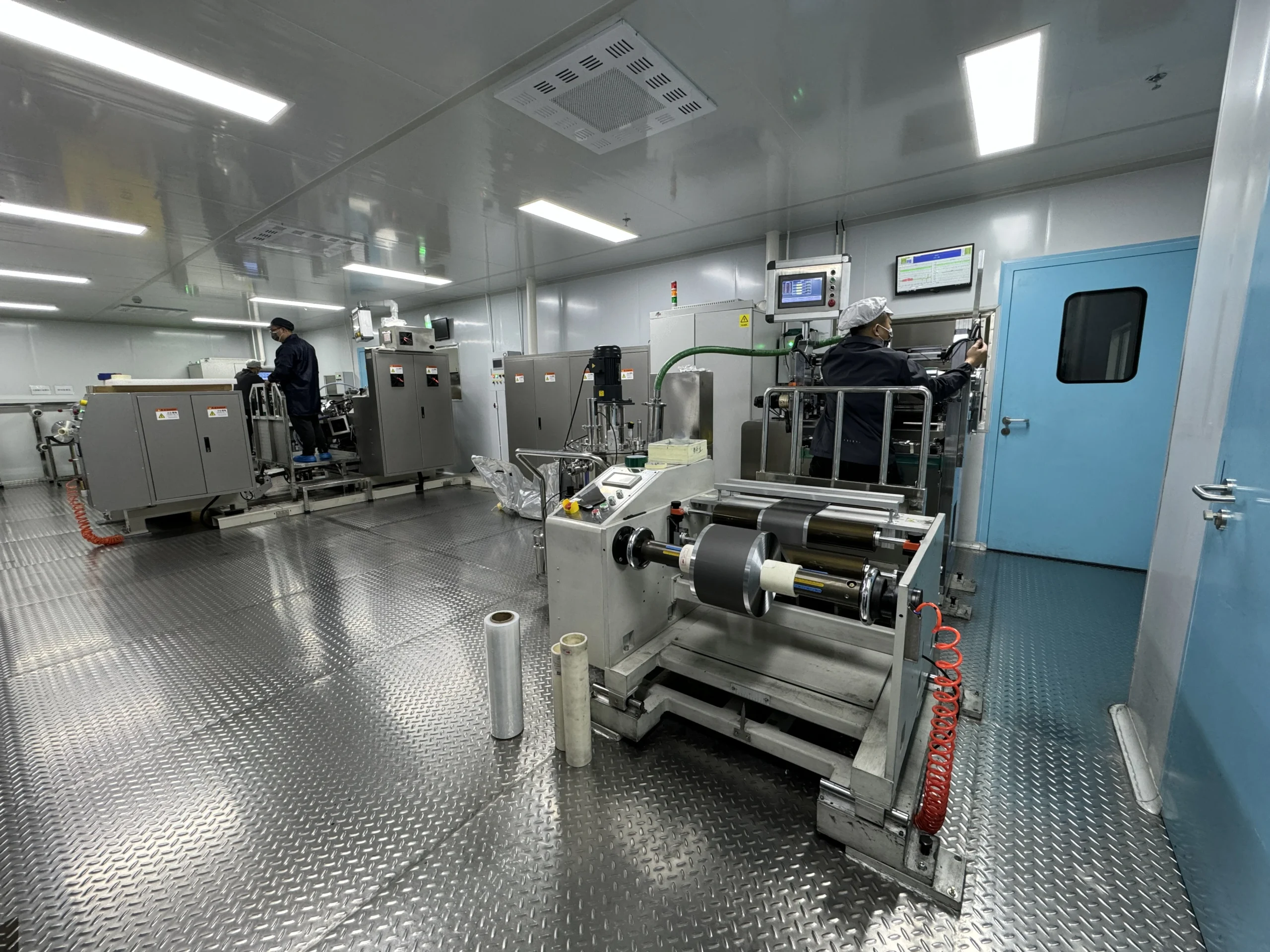Internal Resistance and Efficiency Metrics:
Optimizing Battery Performance and Longevity
Internal Resistance and Efficiency Metrics: Laying the Foundation for Battery Reliability
Battery internal resistance stands as a critical performance metric, directly influencing energy efficiency, thermal management, and operational lifespan across lithium-ion, Ni-MH, and solid-state systems.
As industries prioritize faster charging, higher power density, and extended cycle life, understanding this parameter—alongside complementary efficiency metrics—becomes essential for optimizing battery design and maintenance. This article explores practical measurement techniques, industry benchmarks, and innovative strategies to minimize resistance-related energy losses while ensuring safety and compliance.
thrust
1. Defining Internal Resistance and Its Impact
Internal resistance refers to the opposition a battery presents to current flow, converting electrical energy into heat during charge/discharge cycles. Measured in milliohms (mΩ), this value varies with factors like temperature, state-of-charge (SOC), and battery chemistry.
For instance, healthy lithium-ion cells typically maintain resistances below 20 mΩ, while alkaline batteries may exceed 100 mΩ even when new. Higher resistance accelerates capacity fade, reduces usable energy, and increases thermal runaway risks, particularly in high-drain applications like EVs and grid storage.
Key efficiency metrics linked to resistance include:
• Energy Density Loss: Every 10 mΩ increase in resistance reduces usable capacity by 3-5% in 18650 cells.
• Voltage Sag: Pulses exceeding 3C discharge rates can cause voltage drops of 15-20% in aging Ni-MH batteries.
• Cycle Life Degradation: Cells with resistance doubling initial values often reach end-of-life (80% capacity) 30% sooner.
2. Measurement Techniques and Best Practices
Accurate internal resistance testing requires method-specific protocols: A. DC Internal Resistance (DCIR):
• Applies controlled discharge/charge pulses (1-10 seconds)
• Calculates resistance via voltage drop/rise (ΔV/ΔI)
• Preferred for EV batteries due to high-current simulation
B. AC Internal Resistance (ACIR):
• Uses electrochemical impedance spectroscopy (EIS) at 1 kHz
• Ideal for lab-grade analysis of parasitic reactions
Critical considerations for reliable measurements:
• SOC Range: Test Li-ion batteries between 3.6V-3.8V for minimal variance
• Temperature Control: Maintain 20-25°C to avoid ±15% reading fluctuations
• Contact Cleaning: Remove terminal oxidation with alcohol to reduce error margins by up to 30%
3. Industry Benchmarks and Compliance
Global standards ensure consistency in resistance evaluation:
• IEC 62133: Mandates resistance checks for lithium battery safety certification
• SAE J2464: Specifies pulse-testing methods for EV crash integrity
• ASTM EIS62660-2: Standardizes EIS protocols for Li-ion cells
4. Mitigation Strategies for Resistance Growth
Proactive measures to minimize resistance buildup: Material Innovations:
• Silicon-graphene anodes reduce swelling-induced contact loss
• Fluorinated electrolytes enhance ionic conductivity by 40%
Design Optimizations:
• Laser-welded terminals eliminate microgap oxidation
• Phase-change materials stabilize operating temperatures
Operational Protocols:
• Avoid sustained >80% SOC storage to prevent SEI layer thickening
• Implement pulsed charging to disrupt dendrite formation
5. Future Trends in Resistance Management
Emerging technologies aim to revolutionize efficiency metrics:
• Self-Healing Polymers: Automatically repair microcracks in electrodes
• AI-Powered Predictive Models: Forecast resistance growth patterns with 95% accuracy
• Dry Electrode Manufacturing: Eliminates solvent residues causing interface resistance
Conclusion
Mastering internal resistance and efficiency metrics empowers manufacturers and end-users to maximize battery performance while mitigating safety risks. From adopting standardized testing protocols to leveraging nanotechnology breakthroughs, the industry continues refining solutions that balance energy density, longevity, and cost-effectiveness. As next-gen chemistries like lithium-sulfur and sodium-ion gain traction, redefined resistance thresholds will further shape the future of energy storage.
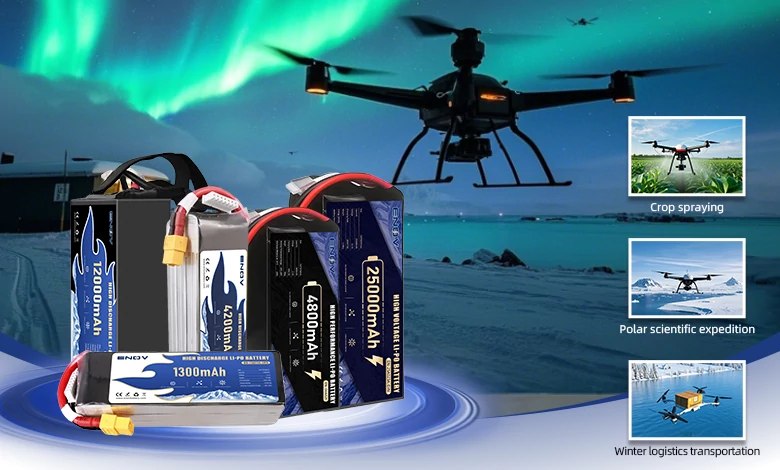
UAV DRONE battery
Enov UAV battery has the most advanced UAV battery new technology, it has a lightweight structural design, ultra-high energy density, stable continuous discharge, customized ultra-high instantaneous discharge, wide temperature working range, stable charge and discharge, battery materials can choose high nickel terpolymer positive/silicon carbon negative material system combined with semi-solid battery technology. Or choose a more mature application of more UAV lithium battery technology, available UAV battery nominal voltage 3.7V, capacity 18.0Ah ~ 30.0Ah, support 10C continuous discharge and 120C pulse discharge (3 seconds). With ultra-high energy density (220-300Wh/kg) as its core advantage, Enov UAV batteries can meet the needs of long-term endurance scenarios such as plant protection drones and transport drones, while maintaining stable emission performance in extremely low temperature environments (-40℃).
Other products
START-STOP LITHIUM BATTERY
LITHIUM ENERGY STORAGE BATTERY
QUICK INQUIRY
FAQ
Access to high frequency technical questions with one click, get accurate answers on product application, after-sales policy and customization process.
Service and Support
Get the latest product specifications, explore professional OEM/ODM customization services, click to open exclusive technical support and production solutions.
Become a Partner
We sincerely invite resources to interconnect, work together for win-win development, and immediately open a new chapter of strategic cooperation!
